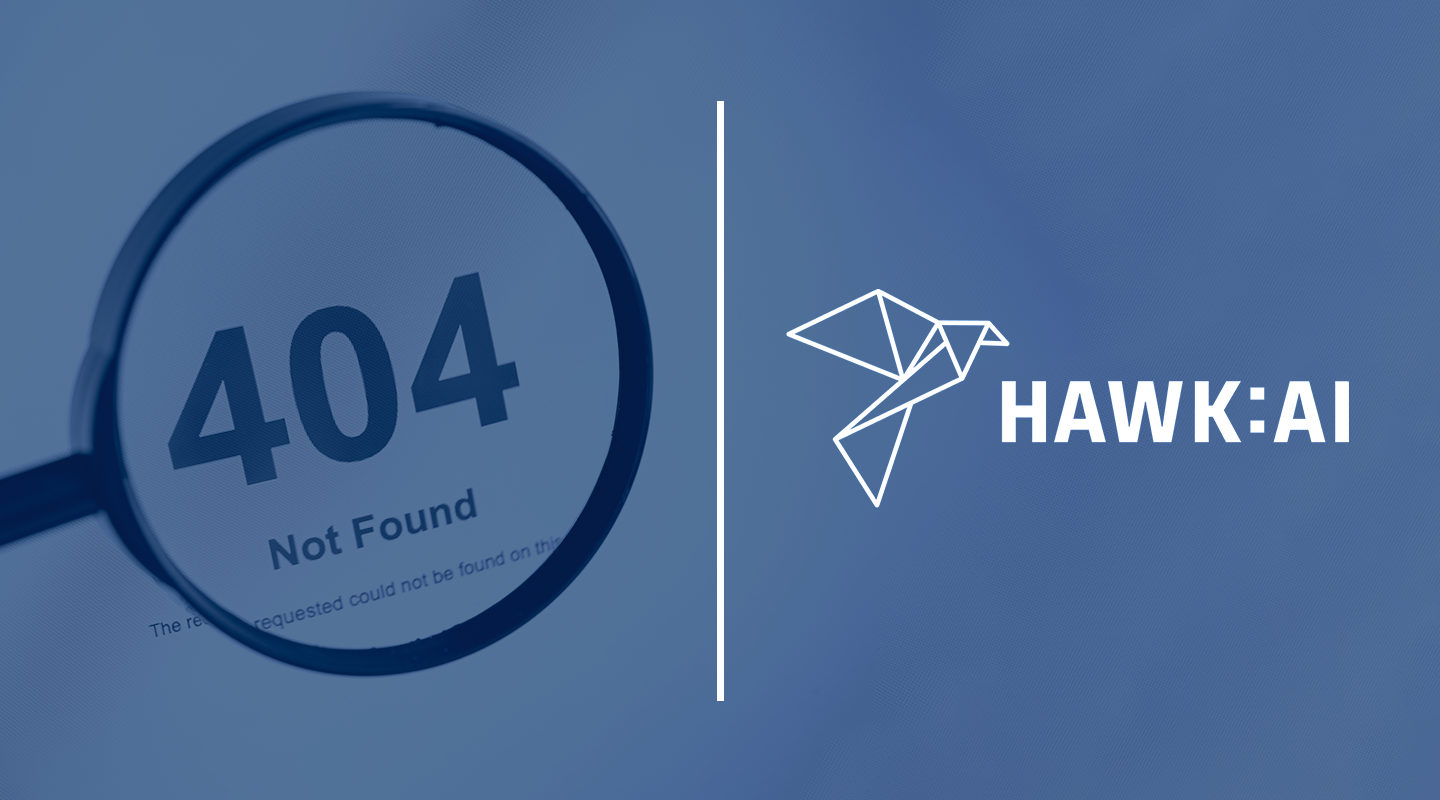Where is the Artificial Intelligence in Neobanks?

By Georg Hauer, COO/CFO at HAWK:AI, former General Manager at N26
In a recent “DM to the Editor” at Sifted, I posed the question: “Where is the Artificial Intelligence in Neobanks?”
In a hyper-competitive market, innovation has long centered on the frontend rather than on the backend, leaving opportunities like AI at the door. While Netflix and TikTok use AI by default, even the biggest Neobanks globally haven’t embraced AI to such an extent.
There are many use-cases for AI in banking, but anti-money laundering might be one of the most pressing. The reason is simple: real-time banking doesn't work without real-time financial crime detection, and regulators are taking notice.
I truly believe if Neobanks become innovation leaders in the backend, it may accelerate their ability to become complete market leaders. Let's expand on this.
Customer is king - the innovation that led to Neobank success
As is so often the case, success follows the simple rule of putting the customer first. The success of Neobanks is firmly rooted in a fantastic customer experience on the front end. Think of rapid onboarding anywhere at any time in minutes, through to complete control over your finances without visiting a physical branch. Becoming a customer has never been easier.
Once a customer, you have complete control of your funds through your smartphone. Everything from instant payments to multi-currency accounts unlocked new ways to save, spend and send money that significantly changed consumer behavior.
Frontend innovation exposes backend weakness
This changing consumer behavior has brought new challenges along with its success. Vital systems tasked with ensuring compliance to regulations covering anti-money laundering and fraud clearly showed “the old rules can’t keep up” with new behavior. With regulators applying pressure to get it right under the threat of significant fines, the only solution has been to answer the rising workload with more AML staff and stricter processes. This has been the way traditional banks have addressed AML issues for years, so many would argue that it makes sense. These stricter processes have, in turn, resulted in slowed growth due to blocked signups, which is compensated for by more marketing spend. This isn’t an issue faced by any particular Neobank; FinTechs in the UK, Germany, the US, and beyond have been affected by this phenomenon.
The solution already exists on page 1 of the Neobank playbook
Technology provided the platform for frontend innovation, and technology will be an important piece to solving the backend challenges. Companies that built their success on cloud and data should understand that AI isn’t the future, it’s the now. While the metaverse and NFTs might grab the headlines today, yesterday’s buzzwords have become the technology powering tomorrow’s growth.
Threats from many angles
If Neobanks don’t maintain their technological advantage, they may come under pressure from many sides at once. Tech giants like Apple haven’t shied away from moving into the financial services market. So how long before the likes of Google and Microsoft decide to throw their considerable brand value and R&D behind a full foray into banking?
Traditional banks are another challenger. Despite slow movement due to legacy technology stacks, they understand the future is coming, and are course-correcting. With significant capital, client bases, and market trust, it’s not much longer until the term "digital banking” disappears, and we’re simply left with “banking” because there won’t be any other kind.
There’s also the AI leadership in Asia – particularly China – to consider after years of significant investment. Neobanks clearly have global ambitions, but how will they compete on the international stage against well-funded competition with a tech advantage?
Are Neobanks slow to adopt AI in the backend?
To be clear, Neobanks are no slower than the rest of the financial industry in adopting AI to solve backend challenges like Anti-Money Laundering, but we’ve reached a tipping point. Do Neobanks invest in the AML systems of yesterday, tried and tested by the traditional banks they sought to disrupt, or do they go with the AI-powered providers of tomorrow?
Regulators might make the decision for them. The first countries are already explicitly permitting AI in their Anti-Money Laundering laws. With this trend on the horizon, simply hiring additional AML investigators will no longer be considered sufficient if the technology being used is only rule-based.
It’s not a simple answer. Financial institutions rely on trust and transparency, and banks should never fail. But that wasn’t enough to stop frontend innovation and it shouldn’t now be a reason for backend innovation to lag.
Becoming true market leaders
Delivering an MVP that is rapidly improved used to be acceptable by a small customer base of early adopters. However, Neobanks receive hundreds of millions of euros in investment and are attracting new customers in the mainstream market. Some boast higher valuations than many traditional banks (Nubank becoming the most valuable bank in LatAm springs to mind). In this environment, Neobanks can no longer afford risk in vital areas like uptime, fraud prevention, and general compliance.
This may push them to consider traditional approaches to mitigate this risk, but that would be a mistake. Technology was core to their innovation, which is why their continued success will rely on embracing Artificial Intelligence and the cloud. AML compliance is just one area of the areas in desperate need of the transformative power of AI and machine learning. The question Neobanks should ask themselves in 2022 is: “Why are we not using AI to mitigate risk, and how can we change that?”